Komal Shah’s mission to redress the art world’s balance
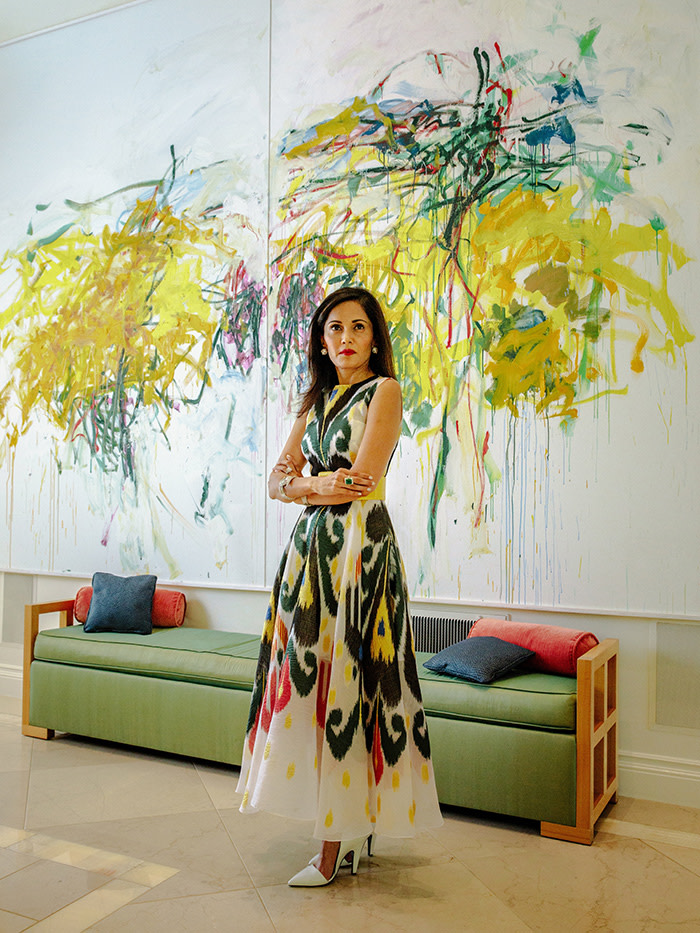
Roula Khalaf, Editor of the FT, selects her favourite stories in this weekly newsletter.
“My kids love to joke that Mom is art crazy and she has a gallery in the house!” chuckles the California-based collector Komal Shah. She is speaking to me via Skype from her home in Atherton, where she lives with her husband, venture capitalist Gaurav Garg, and her children, aged 16 and 14.
Shah is one of a tiny group of collectors who come from the tech industry: as a computer engineer and executive, she worked for Oracle, Netscape and Yahoo. Now, she says, she concentrates on art collecting and on a host of other roles, including being a trustee at the San Francisco Museum of Modern Art (SFMOMA) and on the North American acquisitions committee and a trustee at Tate, as well as being on the advisory council of Berkeley’s Center for Equity, Gender and Leadership.
And as if this were not enough, she is working on a conversation series with Stanford University called “Artists on the Future”, bringing together artists and cultural thought leaders to look at the issues of the day. Phew.
So what brought Shah from her native India to California, and how did she come to art? Sitting in her home office, a reproduction of Monet’s “Impression, soleil levant” on one wall, she recounts how after studying computer science in Ahmedabad she was accepted at Stanford for a masters degree.
“My father was a textile trader, but Stanford was going to cost about $12,000; we couldn’t afford it. So he took a mortgage against our house to support the first quarter,” says Shah. “But we agreed that I was on my own for the rest of my education. Brown was a possible back-up as it had offered a full scholarship, but fortunately, within a week of being at Stanford, I was able to secure a teaching assistant position in ‘AI techniques’. That became my moment of financial independence and I was able to stay at Stanford for the full programme.”
But one thing struck her, she says: “When I got to Stanford, we were three women in a class of 100 masters students. In my undergraduate engineering school in India there were 10 women out of 60.” She says it felt “very strange that the US — which we consider so advanced on so many different fronts — does not treat women equally. But at the time, the whole gender disparity question didn’t quite cause me an issue. Then after I saw my daughter growing up in America, I realised more and more how the odds were stacked against women in this country.”
This is what, later, gave the focus and impetus to her collection, which is now only devoted to women and artists of colour.
Shah quit her career in tech in 2008, and plunged into the art world. “I had no education in art nor an art background, and so I was advised to just go look at art and see what I connected with,” she says, noting she “read voraciously and took thousands of pictures”. Foremost among her mentors were Tate curator Mark Godfrey and Gary Garrels (senior curator of Painting and Sculpture at SFMOMA), and indeed it was Godfrey who helped Shah move towards her focus on the art of her time. She also cites the Fisher collection at SFMOMA and the Anderson collection at Stanford as major influences.
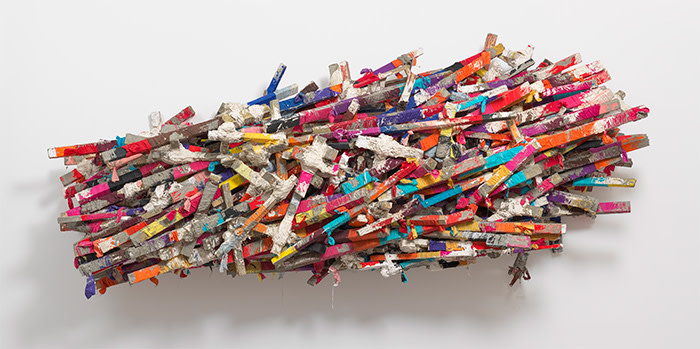
“Komal is among the most astute and thoughtful patrons of the 21st century,” says Adam Sheffer, vice-president of Pace Gallery in New York, who knows her well. “She is making a life in art with passion and sincerity, and her contributions to the art world as we know it will have a lasting impact.”
Four painters are fundamental to the collection — Amy Sillman, Charline von Heyl, Jacqueline Humphries and Laura Owens. “The work is ungendered, you can’t tell by the work itself that a woman artist painted it,” says Shah. “I started getting to know them better and being at their openings and becoming friends with some of them and that’s when it struck me how much disparity there is in the art market as well.”
From this core, Shah has extended to other women artists. “We have Lynda Benglis, Phyllida Barlow, Zarina Hashmi, Joan Snyder, Pat Steir, the last work by Joan Mitchell, as well a beautiful Helen Frankenthaler from 1962. Eventually I would love to get a significant work of Frankenthaler — when I can afford it!” For the moment some are in her two homes, about 10 per cent on loan to museums, and some in storage.
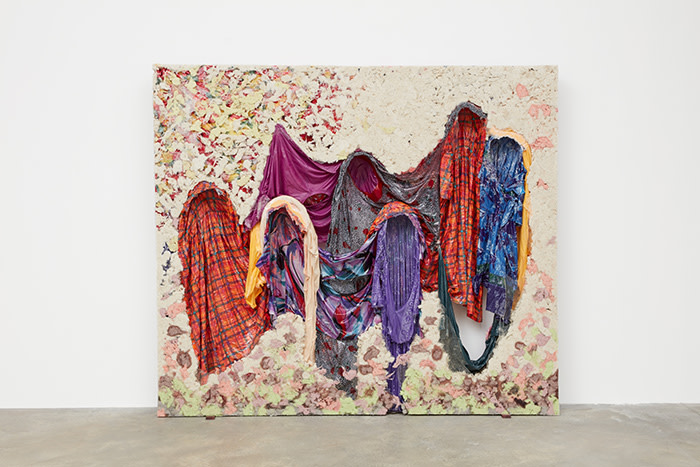
I ask if she has a budget for buying art: “I fall in love with more works than I can actually afford,” she responds. “I do have a budget that I keep blowing every month — my husband is not totally pleased about this!”
A recent purchase was at Art Basel Miami Beach, a work by Anne Truitt. “After that I had rather run out of steam, budget-wise, but at Frieze Los Angeles I did discover a Pat Steir multicoloured waterfall from 1988 and it is beyond breathtaking,” she says. “We already have a more recent work by Steir, so pairing that with something that’s older and historical would be very interesting — so I have it on reserve. It’s a fairly significant purchase!”
As well as women artists, Shah has also moved on to collecting artists of colour, among them Mark Bradford, Kevin Beasley, Charles Gaines, Sam Gilliam and Anish Kapoor. “The same impetus drives me for artists of colour as for women artists,” she continues. “India was under British rule for a really long period of time, so we’ve seen colonialism at play. As much as we embrace diversity in Silicon Valley, we do encounter racism. Our stereotype of a successful chief executive is a white, blond man — and the same thing goes for a successful artist. I think making sure people see successful artists of different colour or gender will start erasing some of those stereotypes.”
As she comes from a tech background, I wonder if she approaches collecting in an analytical way. “I want to say my collecting is analytical but it isn’t!” she replies. “It is very instinctive but tempered with a lot of thinking, peeling through the layers of the work. Understanding the arc of art history has helped shape the collection in terms of telling a story, backwards and forwards, but the first test is that I have to fall in love with it; that drives further investigation.”
Nevertheless, she is certainly structured in her approach. “I do keep spreadsheets and wish lists” — including Lynette Yiadom-Boakye: “her work is sublime”. When asked how many works she has in her collection, she explains that the figure of 150 doesn’t reflect the reality. “It’s tricky to count that way because we have the Joan Mitchell and also prints. But I do tend to acquire pretty significant works of artists that I care about.”
She concludes: “I have always been grateful that I have been an engineer and a good engineer — I wasn’t a female or an Indian engineer! As a collector I have limited resources so I have to be thoughtful about what I can focus on. Sometimes people don’t realise [the collection] is about women in the art world — indeed I have tended to stay away from art that is explicitly about feminist issues and female bodies. I am trying to level the playing field and show that women are as capable as men in doing strong, amazing work!”
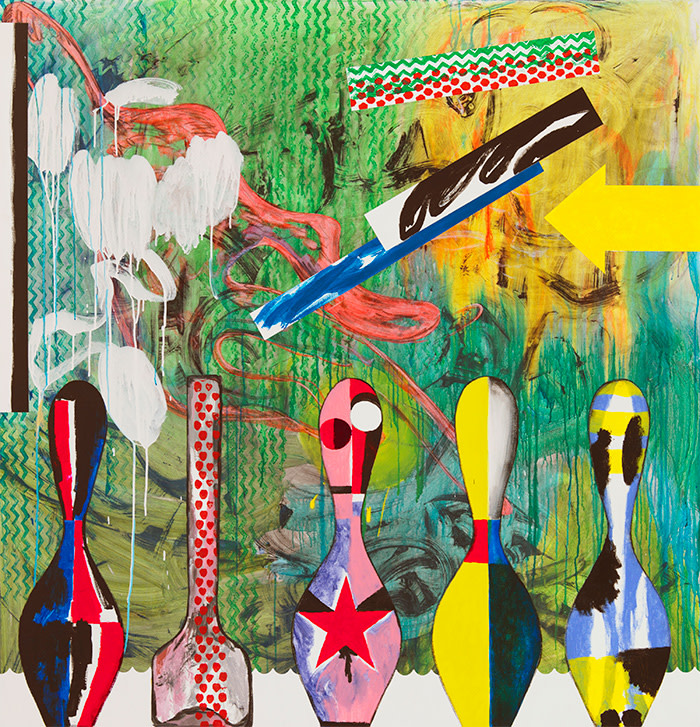
Forthcoming ‘Artists on the Future’ conversations at Stanford University include Lorna Simpson and Darren Walker on May 20 and Lynda Benglis and Kimberly Drew on October 22, arts.stanford.edu
Follow @FTLifeArts on Twitter to find out about our latest stories first. Subscribe to FT Life on YouTube for the latest FT Weekend videos
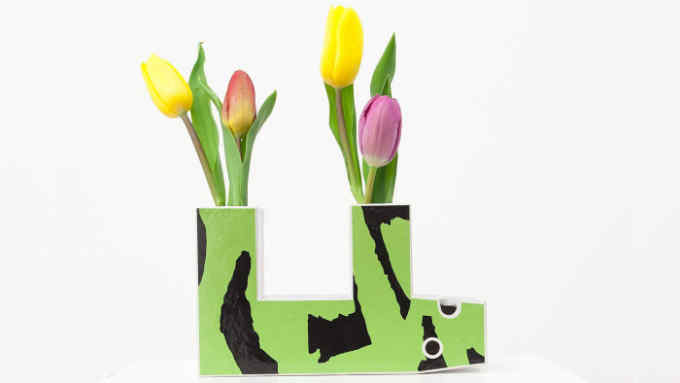
Comments